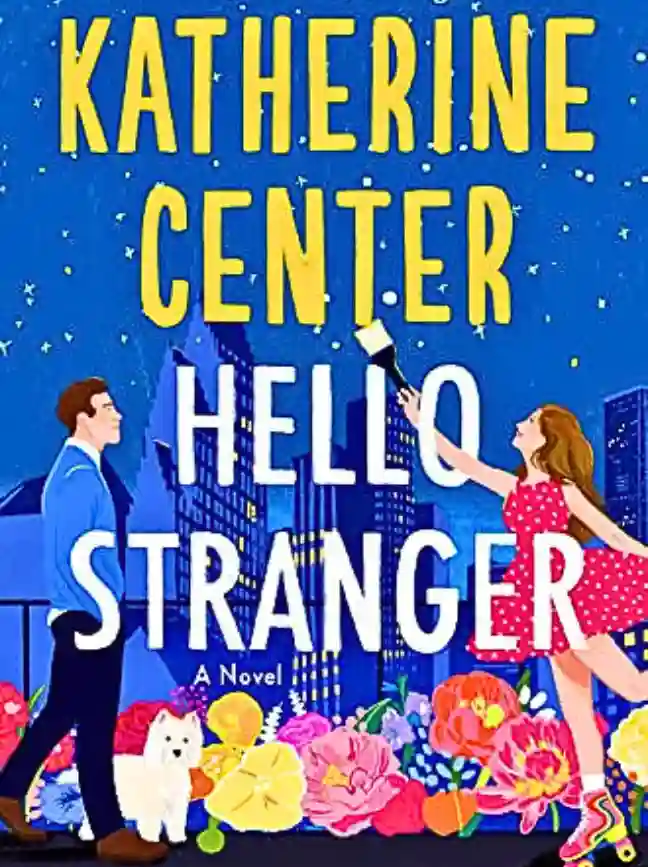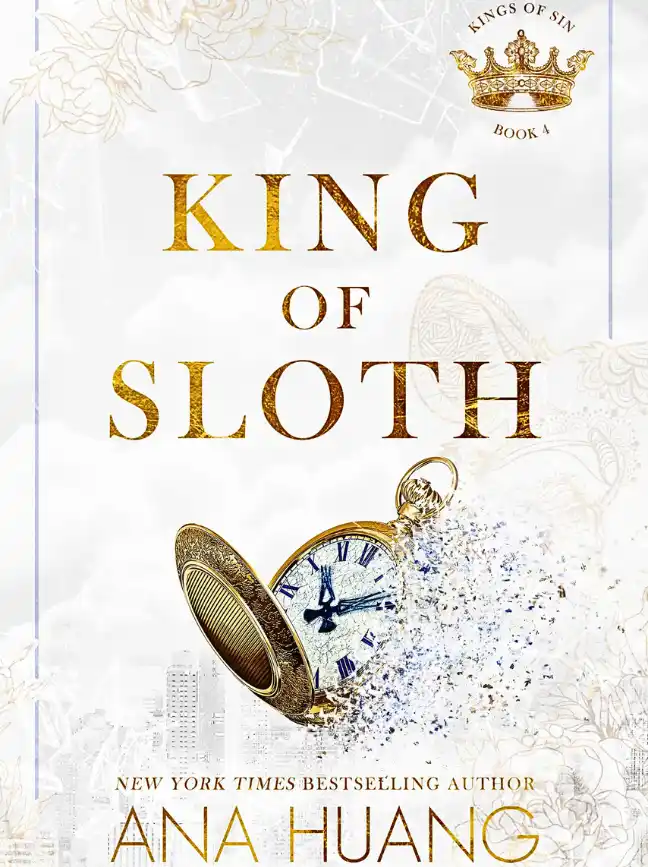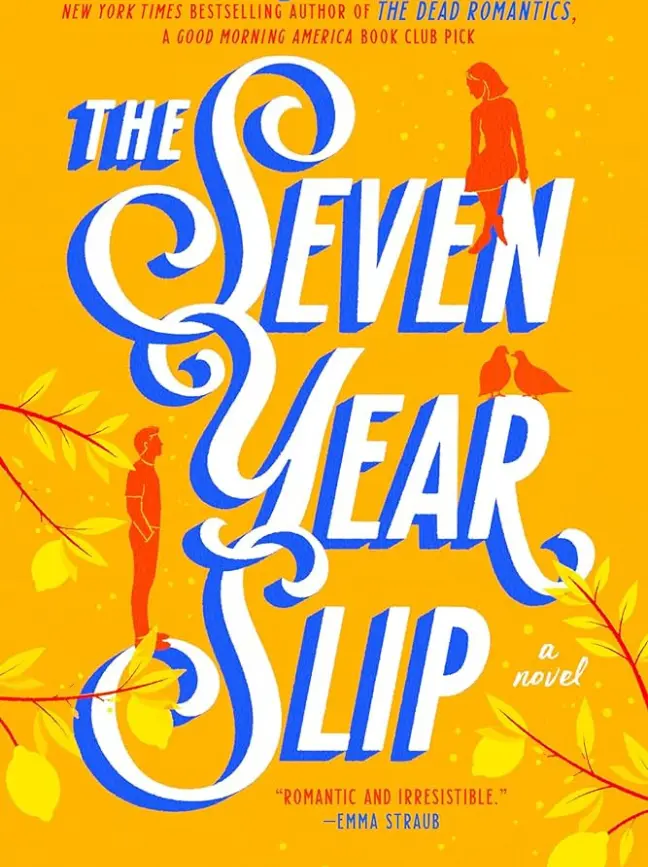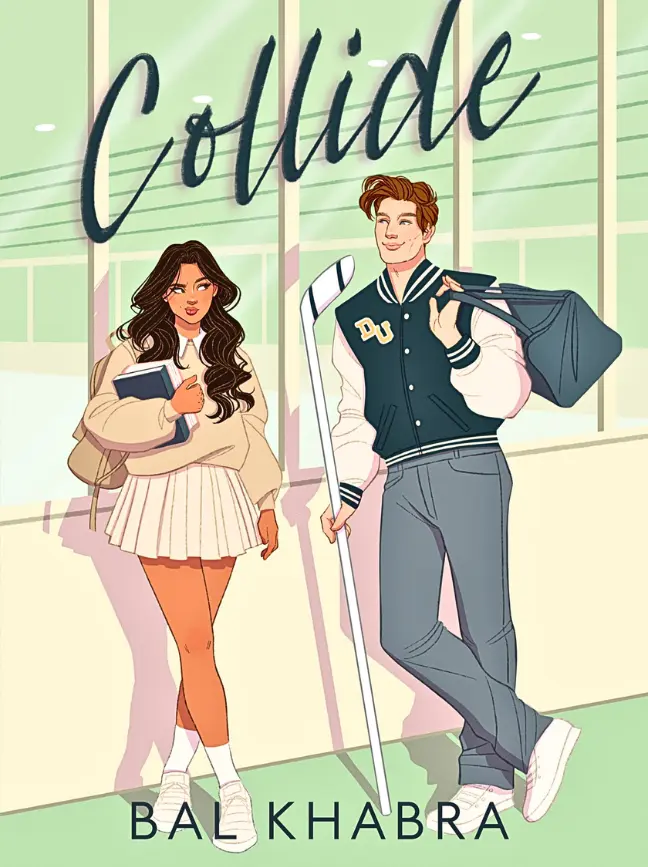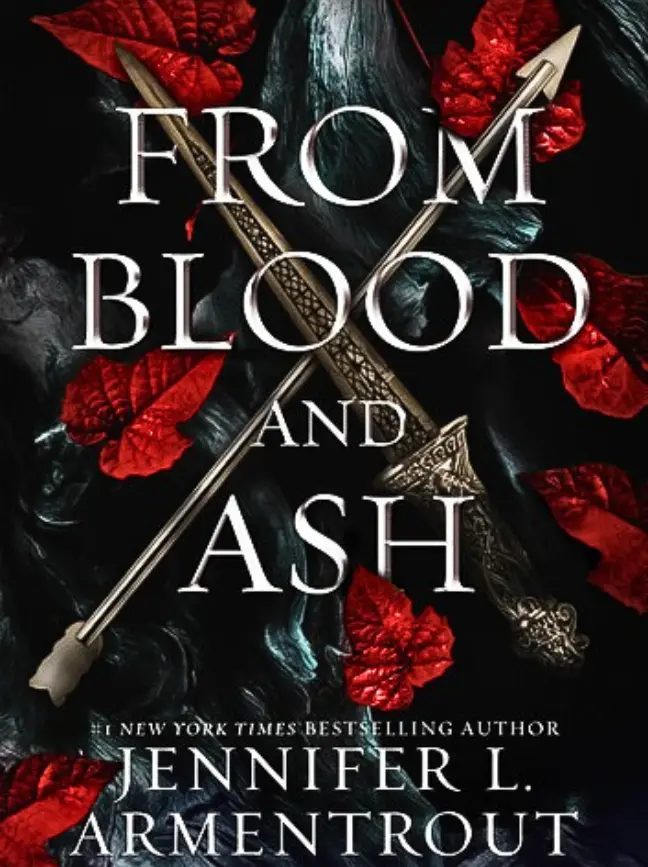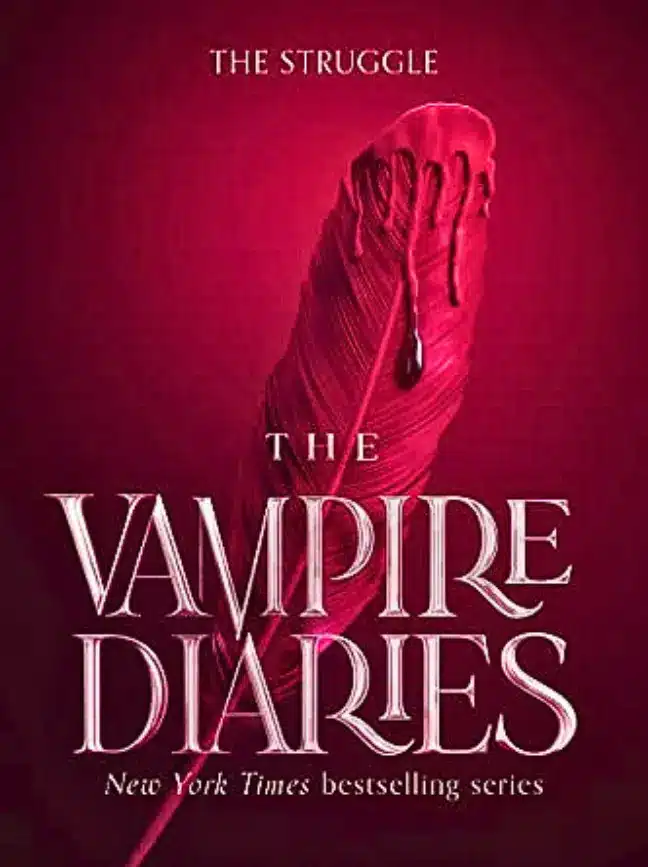Ichigo, though it was not yet called Ichigo, was supposed to be easy. Something that Sam and Sadie could accomplish during the summer between their junior and senior years.
Although the idea that the two of them should make a game together had been foremost in his thoughts since playing Solution in December, Sam did not broach the subject with her until March. It was unlike Sam to show such restraint, but he intuited that he needed to proceed slowly. She had been occupied with schoolwork, having fallen behind in her classes because of that dark month, the cause of which was still a mystery to Sam. The terse explanation she’d given for her depression was a “bad breakup.” Sam felt it had to be more than that, but out of respect for her, he did not push her to elaborate. They had the rare kind of friendship that allowed for a great deal of privacy within it. One of the reasons they had become such good friends originally was because she had not insisted he tell his sad stories to satisfy her own curiosity. The least he could do was return the favor.
The other thing stopping him was how much he was enjoying having Sadie’s fellowship again. The two of them had easily slipped back into the rhythms of their friendship, and they saw each other several times a week for movies, meals, games. He felt fortified in her presence. His arguments and observations were sharper. He was less aware of the brutal New England cold than he had been in the two winters he’d spent without Sadie, and the constant, low-level pain in his foot was less central to his thoughts. When he walked with her, he even dreaded the cobblestones less. Most of the time, Sam did not experience himself as disabled, but the cobblestones, the ice, and the glacial pace at which he had to negotiate them suggested otherwise. If it had snowed, and depending on where the class was located,
Sam would sometimes have to leave for class forty-five minutes early, hobbling across campus like an emeritus professor. As he had not considered himself to be disabled, the California boy had not factored in any of this when he’d decided to go to school in the Northeast.
Retrospectively, he realized that he had made a grave miscalculation when he had ended the friendship with Sadie. His mistake had been in thinking the world would be filled with Sadie Greens, people like her. It was not. His high school certainly hadn’t been. He had held out some hope that Harvard might be, but the college had proven especially disappointing on this front. There were smart people, yes. There were people with whom you might have a decent conversation for twenty minutes. But to find someone who you wanted to talk to for 609 hours—that was rare. Even Marx—Marx was devoted, creative, and bright, but he was not Sadie.
Sam decided that March was the cutoff point to convince Sadie to make a game. The high achievers who went to Harvard and MIT had usually settled their summer plans by March, if not earlier. On a personal level, Sam felt an urgency to that summer. In a year, give or take, student loans would come due—Harvard was need-blind (that was significantly why he had chosen it), but even his generous financial aid package didn’t cover everything. He didn’t owe much, but he couldn’t conceive of asking Dong Hyun and Bong Cha to help with his loans, and he had not gone to Harvard to be a poor person. He had slowly begun to accept the truth of what Anders Larsson had said to him. Sam did not love higher math, there was no Fields Medal in his future, and there was no way it made sense for Sam to take on more debt to get a graduate degree in mathematics. Most likely, he would have to take a job working in tech, finance, or related consultancies—this was what most of his peers did. The way he put it to Marx: “This summer is my last chance to do something truly grand.”
One of Sam’s eventual strengths as an artist and as a businessman was that he knew the importance of drama, of setting the scene. He wanted to ask her to work with him at a special place—the occasion of their prospective creative union should be memorable. Even then, he felt that if they made a game, and if the game became what he knew it could be, he
would want there to be a story about the day Sam Masur and Sadie Green had decided to work together. He was already imagining Sam-and-Sadie lore, and he didn’t even have a definitive idea for a game yet. But this was classic Sam—he had learned to tolerate the sometimes-painful present by living in the future.
The way he saw it, he would be proposing to Sadie. He would be getting down on one knee and saying, “Will you work with me? Will you give me your time, and will you trust my hunch that this time will be well spent? Will you believe that we could make great things together?” For all his natural arrogance, he did not assume that she would say yes.
It was Marx who suggested the Glass Flowers. Sam had asked Marx for the most interesting place at Harvard. Marx had been a Harvard Yard tour guide, but even if he hadn’t been, he was the kind of well-traveled cicerone who always knew the best parts of any city.
The Ware Collection of Blaschka Glass Models of Plants consists of around four thousand painstakingly accurate fire-blown glass and hand- painted specimens. A German father-and-son team had made them, around the turn of the nineteenth century, as a commission from the university. They were the answer to a problem: How do you preserve the impossible to preserve? Or, in other words, how do you stop time and death? Could there have been a more propitious place to begin the company that would become Unfair Games? What, after all, is a video game’s subtextual preoccupation if not the erasure of mortality?
As Sadie described it, in a 2011 interview with the Descendants of Lovelace blog:
S.G.: Mazer knew I had made a couple of games at MIT, nothing much more than mini-games at that point. This one called Solution got me a little attention.
D.L.: That’s the Holocaust one, right? It almost got you thrown out of school.
S.G.: [Rolls eyes.] That’s how Sam likes to tell the story. He likes it to have drama, but honestly one person complained, it wasn’t that
big of a thing…But Sam—sorry I know I’m supposed to call Sam Mazer, but I always forget. Mazer loved Solution. Mazer felt like it was a breakthrough for me. To be honest, I wasn’t sure if I’d ever make another game after Solution. I felt pretty burnt out. But toward the end of my junior year, Sam says, “You want to go to the Glass Flowers?” And the truth is, I really didn’t! It didn’t at all sound like something I’d want to do, and it’s fairly inconvenient to get to the Harvard Museum of Natural History from where I was living at MIT. But I went up there, because Sam—Mazer!—can be a little persistent when Mazer wants something. And as you probably know, Mazer always wants something. [Laughs.]
So, we trudge up to the exhibit and it’s closed. It’s, like, museum inventory day, or cleaning, or something. There’s a poster out front for the Glass Flowers, and I’m not the first person to make this observation, but it’s fairly pointless to put up a picture of the Glass Flowers, because the models are so good, they look like actual flowers.
And I’m kind of irritated, because now I’ve gotten all the way here, and I’m not going to see the Glass Flowers, which I didn’t want to see in the first place, and I’m annoyed with Sam for not calling the museum first. Sam sits down on a bench and he’s kind of out of breath from the walk and he says, “What are you doing this summer?”
And I’m, like, “What are you talking about?”
And he goes, “Stay here, take three months, and make a game with me. Carmack and Romero were the same age as us when they made Wolfenstein 3D and Commander Keen. We can use Marx’s [Watanabe, producer, Ichigo] apartment for free. I already asked.”
From the time we were kids, we had always gamed together, but until he said that, I had no idea he even wanted to make games. Sam always kept things pretty close to the vest. But,
well, I was at a crossroads with my own designing career, and Sam is a brilliant guy and my oldest friend, so I thought, Why not? If it works out, great. If not, I’ll spend the summer with my friend. And Marx’s apartment was pretty damn sweet— panoramic windows with views of the Charles, on Kennedy Street, just west of Harvard Square.
So, I told him I’d think about it, but I could tell he knew I was going to do it.
We walk back to town, and he looks at me seriously and he says, “Sadie, when you tell this story, say I asked you at the glass flower exhibit. Don’t say it was closed.” The myth, the narrative, whatever you want to call it, was always of supreme importance to Sam. So, I guess, by even telling this story, I’m betraying him.
When Sadie was in her mid-thirties and what had felt like many lifetimes had passed, she would finally visit the Glass Flowers and find them unexpectedly moving. The flowers were magnificent, of course, but what struck her even more were the models the Blaschkas had made of decomposing fruits, their bruises and discolorations, in medias res, preserved for eternity. What a world, Sadie thought. People once made glass sculptures of decay, and they put these sculptures in museums. How strange and beautiful human beings are. And how fragile. An elegant older woman, who reminded her of Freda, two years gone, had been the only other person in the gallery that morning. The woman (cashmere cardigan; redolent of Fracas, with its distinctive tuberose notes) had trailed slightly behind Sadie the entire time. When they were done, the woman asked Sadie, “Those were lovely, but where are the glass flowers?” The models’ verisimilitude was so convincing, the woman had thought they were real.
Sadie’s instinct had been to tell Sam, but they weren’t speaking at the time.


